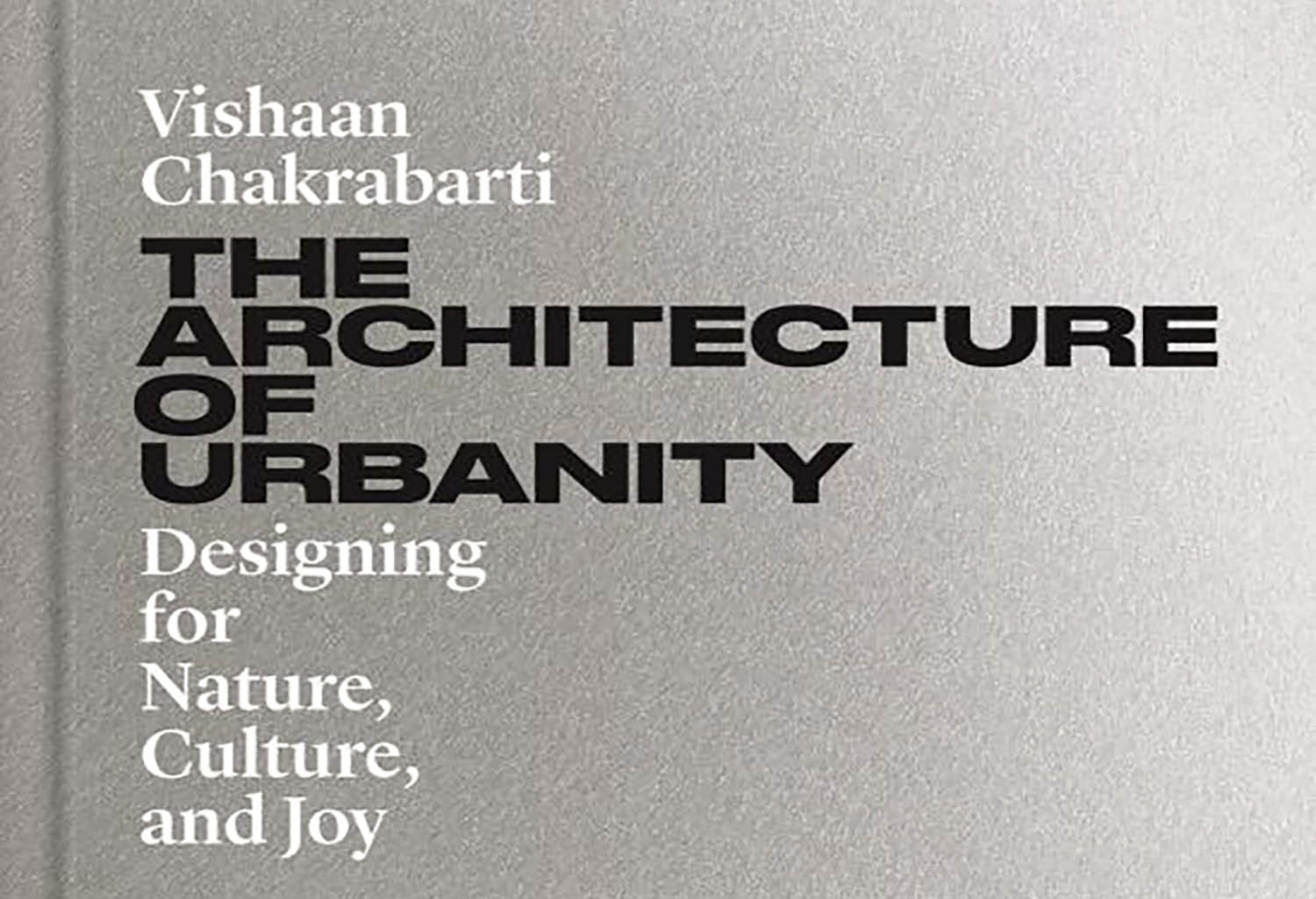
With the majority of the planet’s population now living in urban environments, cities are the spaces where we have the greatest potential to confront the unsettling problems of climate change, population growth, political division, technological dislocation, and fraying cultural fabric. Addressing these challenges in his new book The Architecture of Urbanity (Princeton University Press, 2024) architect Vishaan Chakrabarti asks, how can housing design be part of the solution to our global problems rather than exacerbate our existing challenges? He argues that “connective design”— a conscious attempt by a designer to forge deeper bonds across society at every scale—can help heal some of our larger social issues such as global warming, social and racial division, the geography of rising fascism, and land-use battles.
Taking readers from the great cities of antiquity to the worldwide exurban sprawl of our postindustrial age, Chakrabarti examines architecture’s relationship to history’s greatest social, technological, and environmental dilemmas and presents a rich selection of contemporary work by an array of architects from around the world, demonstrating how innovative design can dramatically improve life in big cities and small settlements around the world, from campuses and refugee camps to mega-cities like São Paulo, Lima, Los Angeles, New York, Paris, and Tokyo.
